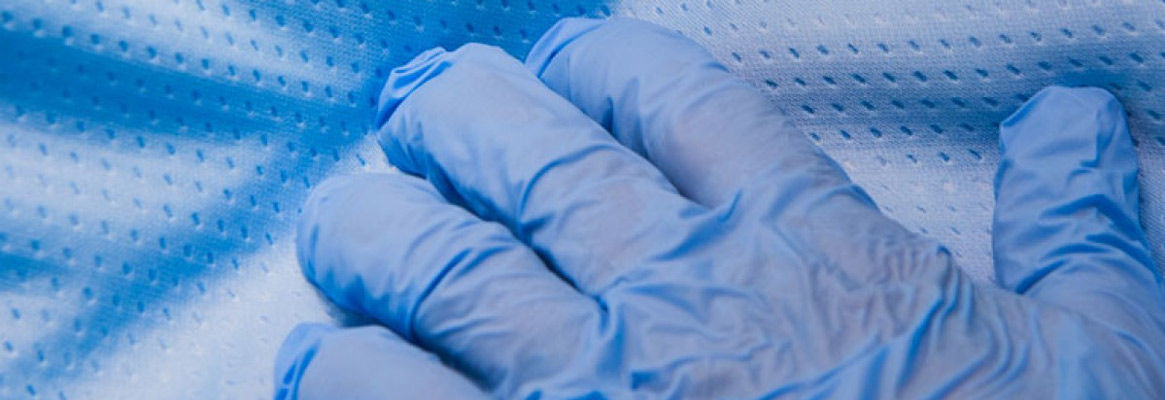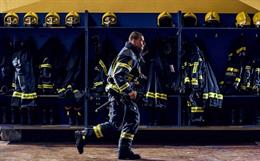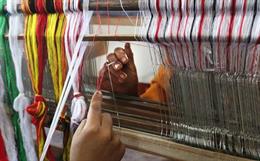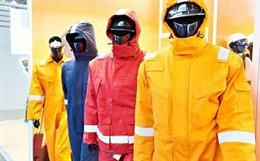Abstract
Textiles are no more restricted for apparel use only. Thatis why the products of important segments such as agrotech, buildtech, geotech,mobitech, hometech, meditech, indutech are of recent interest under technicaltextiles. One can expect performance and functional properties in thoseproducts rather than aesthetic or decorative attraction.
Out of the different technical textile segments, theIndian market for medical textiles, currently worth around US$500 million, iswitnessing robust growth of about 10-12% a year. This put medical textilesamong the top three fastest-growing segments of technical textiles in thecountry. However, compared with a global market of US$8.2 billion, that in India is still a very small. The medical textiles sector in India includes products such asdisposable diapers, sanitary napkins, surgical dressings, healthcare textiles,sutures, vascular grafts, heart valves, artificial tendons, artificial jointsand artificial kidneys.
Today's healthcare worker (HCW) is faced with potentialexposure to a growing number of increasingly dangerous pathogens on a dailybasis. Among available variants of medical textiles, the effectiveness ofreusable surgical gowns can not be ignored in healthcare category.
Apart from absolute reliability and comfort characteristicsof the surgical gowns, the improved bioclimatic and physiological propertiesare also of increasing demands, such as durability, breathability, thermoregulatorycharacteristics, ease of laundering, sterilization and antistatic behavior, lowlevel of textile chemicals and dyes with high mechanical stability.
Loosely woven cotton fabric had been used universally asbacteriological barrier in earlier days. After a decade of trial and error, aplastic surgical material was developed that made an ideal bacteriologicalbarrier, but it was deemed unsuitable because of heat retention. Then theindustry responded by introducing a variety of laminated materials made ofcombination of polyethylene film and the non-woven, single-use fabric. At thebeginning of the seventies surgical gown made of better quality cotton,cotton-polyester mixtures were introduced. But the unsatisfactory fulfillmentof the hygienic requirements led to an addition or a change of classical ORtextiles by so-called barrier articles in the form of tightly woven fabricswith hydrophobic surface modification. The latest technology medical garmentsare having base fabric as synthetic material like polyester/nylon etc. withappropriate finishing to impede water droplets from penetrating ensuring aninitial barrier effect but allow water vapors to permeate, resulting inincreased comfort, especially for the long surgical procedures.
About the Author
The author has around two decades of working experience inR&D, quality assurance and teaching. He is presently working with CentralSilk Technological Research Institute, Central Silk Board, Bangalore.
Originallypublished in Asian Dyer: April 2009







